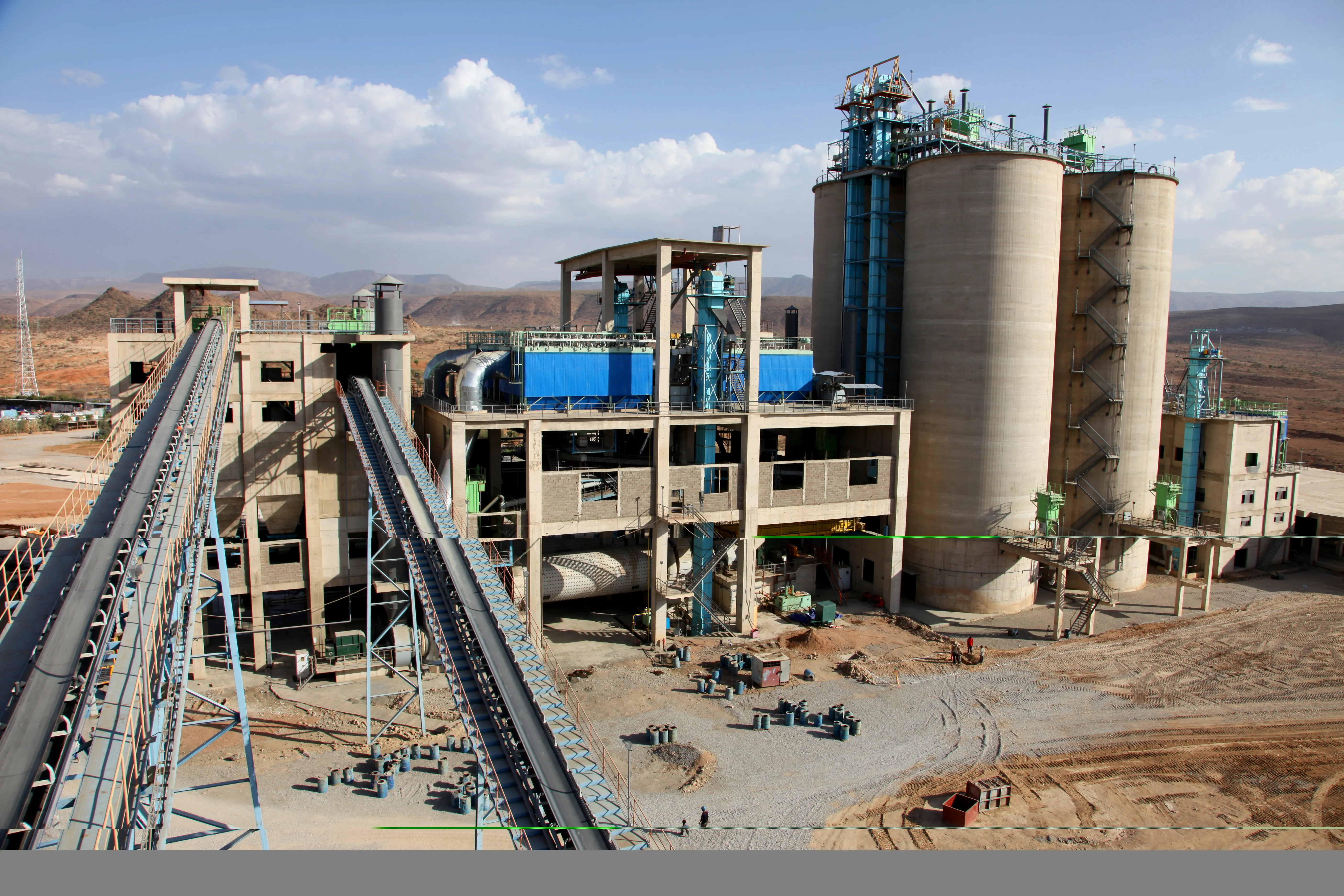A series of road improvements and investments will improve connections in Uganda, Tanzania and Ethiopia. The World Bank is offered the Ugandan Government a loan of US$400 million to rebuild roads in Kamdini and Tororo-Soroti-Lira. This funding will allow contractors to carry out road maintenance on the roads for 7-10 years, with work scheduled to start in 18 months.
Meanwhile a deal worth $335.76 million has signed by the Tanzanian Government for the second phase of the Road Sector Support Project (RSSP-II
December 6, 2013
Read time: 2 mins
A series of road improvements and investments will improve connections in Uganda, Tanzania and Ethiopia. The 2332 World Bank is offered the 1073 Ugandan Government a loan of US$400 million to rebuild roads in Kamdini and Tororo-Soroti-Lira. This funding will allow contractors to carry out road maintenance on the roads for 7-10 years, with work scheduled to start in 18 months.
Meanwhile a deal worth $335.76 million has signed by the Tanzanian Government for the second phase of the Road Sector Support Project (RSSP-II). The work will be carried out in four regions of Tanzania. The second phase cover construction of the 210.5km Tundur-Mangaka to Mtambaswala road and the 188.15km Dodoma-Babati road. Of the Total amount, 29.2% was contributed by6706 JICA, 65.8% by the ADB and 5% by the Tanzanian Government.
And in Ethiopia, SUR Construction (SUR) has won a deal to build a 128km road costing that will cost $84.3 million to construct. The road will connect Dansha, Maycadran and Abdrafi. The road will improve transport for cotton and sesame and will also provide an important trade route through to Sudan. The deal requires the company to complete the work in three years. Also in Ethiopia, a $320 million loan from China’s EXIM Bank will help pay for work on an 80km new expressway connecting capital Addis Ababa and Adama as well as the Addis Ababa ring road. The project will reduce traffic congestion between Addis Ababa and Adama and in the area around the capital city as a whole.
Meanwhile a deal worth $335.76 million has signed by the Tanzanian Government for the second phase of the Road Sector Support Project (RSSP-II). The work will be carried out in four regions of Tanzania. The second phase cover construction of the 210.5km Tundur-Mangaka to Mtambaswala road and the 188.15km Dodoma-Babati road. Of the Total amount, 29.2% was contributed by
And in Ethiopia, SUR Construction (SUR) has won a deal to build a 128km road costing that will cost $84.3 million to construct. The road will connect Dansha, Maycadran and Abdrafi. The road will improve transport for cotton and sesame and will also provide an important trade route through to Sudan. The deal requires the company to complete the work in three years. Also in Ethiopia, a $320 million loan from China’s EXIM Bank will help pay for work on an 80km new expressway connecting capital Addis Ababa and Adama as well as the Addis Ababa ring road. The project will reduce traffic congestion between Addis Ababa and Adama and in the area around the capital city as a whole.






